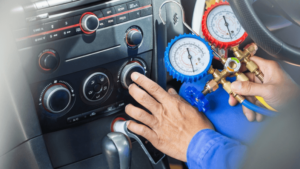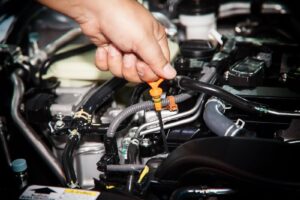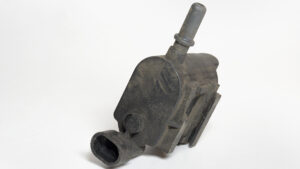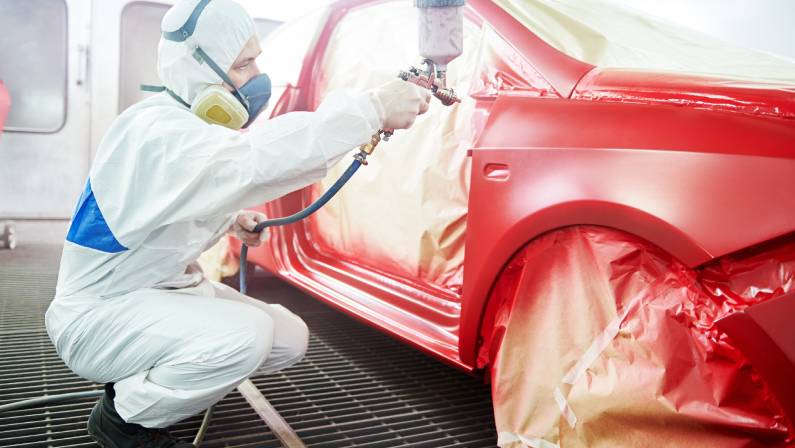
Car paint typically comprises a few layers, such as primer, base coat, and clear coat. Depending on the type of paint used, how many coats you apply, and the temperature and humidity levels of your workspace, car paint can take anywhere from several hours to several days to completely dry.
This article will discuss the different factors that affect the drying time of car paint, as well as tips on how to speed up the process.
How long does it take for car paint to dry?
Typically, car paint may take anywhere from several hours to several days to completely dry. This is because the paint must go through a series of processes before it can be completely dry. First, it must go through a curing process where the paint forms a film on the surface of the car and binds together with the metal beneath. Then, depending on the type of paint used, it must go through a hardening process where the paint molecules chemically bond together to form a tough yet flexible layer.
Drying Times for a Variety of Auto Paints
The amount of time car paint dries up depends on several factors, including the type and number of coats of paint used, as well as temperature and humidity levels.
Here are the drying times and processes of each car paint type:
Urethane
Urethane car paint usually requires two layers—a primer and a color coat. After both coats are applied, the paint needs to be left for about 24 hours in order for it to dry completely.
Acrylic Enamel
Acrylic enamel car paint requires at least three layers—primer, basecoat, and clearcoat. The drying time of acrylic enamel car paint varies on the type of basecoat used, but it usually takes anywhere from 24 hours to a few days.
Acrylic Urethane
Unlike normal urethane and acrylic enamel car paints, which need to be left for at least 24 hours before they can be completely dry, acrylic urethane paint will only take between two to four hours.
Acrylic Lacquer
Lacquer is common in older cars and it’s one of the fastest-drying car paints. It typically only requires two coats—a primer and a color coat—and will be completely dry in around two hours.
Spray Painting
Among the other types of car paints, spray paint is the fastest drying and requires only one coat. Depending on the type of spray paint used, it can be completely dry within an hour.
What Affects the Drying Time of Automobile Paint?
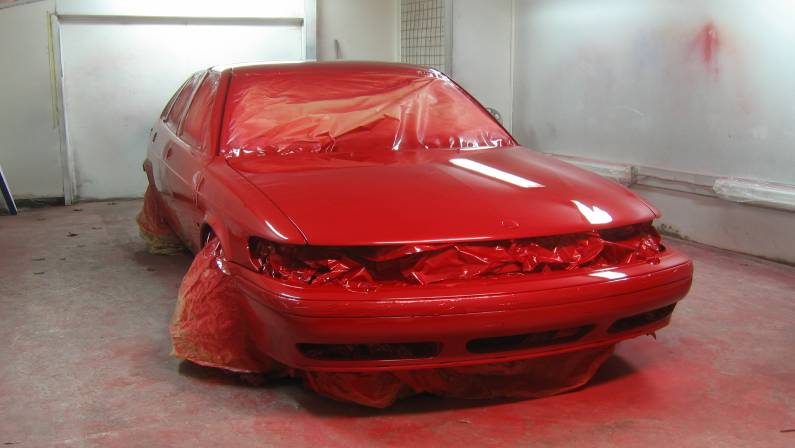
There are different factors that may affect the drying time of car paint. Such factors are:
2k Paint or 1K Paint
This type of paint is mainly used for commercial and industrial applications, such as in the automotive industry. 2K paint requires two components—a hardener and a base coat—and will take anywhere from 24 hours to a few days to dry completely.
Temperature and Humidity
High temperatures make it difficult for car paint to dry up properly, while low humidity is beneficial for car paint’s drying time.
Weather
Of course, the weather also plays a major role in the drying time of car paint. If it rains or there is any kind of precipitation, the paint will take longer to dry up.
Thickness of Coating
Applying several layers of paint will result in a thicker coating, which may take longer to dry. Keep this in mind when painting your car and be sure not to apply too many coats at once.
Materials Used
Using certain materials such as wax, oil or grease may also affect the drying time of car paint. Be sure to use the correct materials and products when painting your car in order to ensure that it dries up properly.
Car Size
The size of the car is also a factor that affects the drying time of the paint. Larger cars will take longer to dry since they have more surface area to cover.
How to Dry Car Paint Fast?
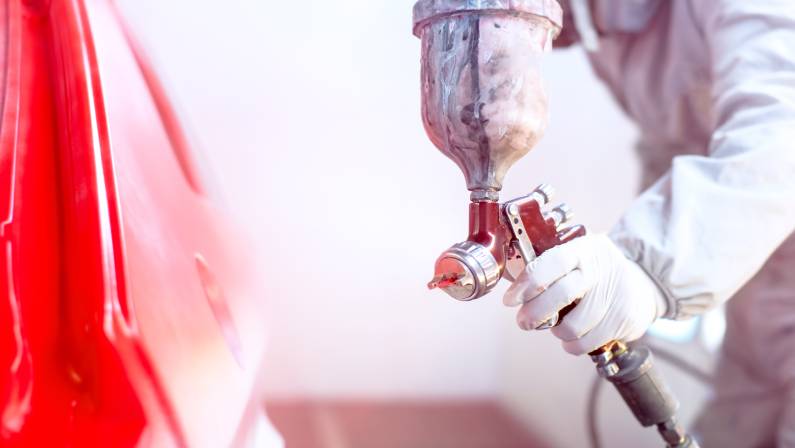
Here are some tips:
Applying a Thin Layer of Paint
Since you now know that applying thick layers of paint will make it harder for the car paint to dry, it’s best to apply a thin layer.
Ensure Good Ventilation
Make sure that there’s proper ventilation in the area where you are painting. This will help increase airflow and hasten the drying process.
Take Advantage of Hot Weather
Hot weather can be beneficial for car paint drying time. If it’s possible, you can use this to your advantage and paint your car when the temperature is high.
Reduce Humidity
If the humidity in the area is high, it can be difficult for car paint to dry up. You can reduce the humidity by using a dehumidifier or simply opening up windows and doors to increase ventilation.
Will rain damage my freshly painted car?
Yes, rain can damage freshly painted cars, especially if it is applied to a car that has not had enough time to cure. Rain can cause the paint to wash off or dull its finish and can also create water spots on the surface. Therefore, waiting at least 24 hours before taking your newly painted car out in the rain is best.
For best results, follow the manufacturer’s guidelines for drying and curing time. This will ensure that your car paint dries properly and provides a high-quality finish.
The Difference Between Drying and Curing
The main difference between drying and curing is that, while drying merely refers to the process of evaporating moisture from a surface, curing indicates a chemical reaction has taken place. In the case of car paint, this means that the resins, or binding agents in the paint, have hardened and are now able to provide a durable finish.
How long should I wait before washing the car?
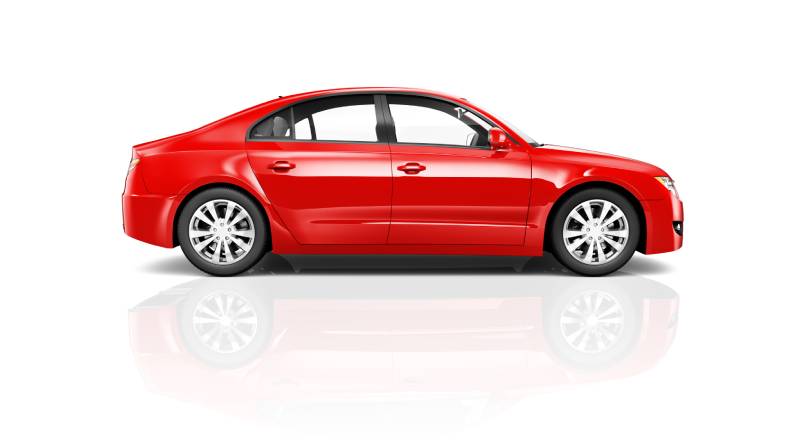
You need to wait at least 30 days after painting your car before you can wash it. This is to ensure that the paint has been fully cured and will not be damaged by water or soap. Washing a car too soon can lead to chipping, cracking, and other damage to the newly painted surface. Therefore, waiting until the required time period has passed is important before washing the car.
It’s also important to note that it is best to use mild soap or detergent when washing your car, as strong chemicals can damage the paint and strip off its protective layers. Also, be sure to use soft cloths or sponges for cleaning instead of rough materials such as steel wool.
Should I use waxing?
Using wax depends on the type of paint and finish you have applied to the car. Generally, it’s best to wait at least six months before waxing a newly painted car. Waxing too soon can strip away some of the paint layers that provide protection from the elements.
When should I wax the car?
The best time to wax your car is when the paint has fully cured and hardened, usually after six months. Waxing will help protect the paint from oxidation, fading, and other damage caused by environmental elements.
Give Your Car a Makeover by Painting It!
Drying time for car paint depends on several factors such as the type of paint used, the thickness of the layers applied, and the temperature. Taking steps such as applying thin layers of paint, increasing ventilation, and taking advantage of hot weather can help speed up drying time. It’s important to wait at least 30 days before washing and six months before waxing a newly painted car in order to preserve its finish. With a little bit of care and patience, your car will be looking as good as new in no time!
We at Status Automotive & Collision are here to help with all your car painting needs. Our car experts and professionals in Houston, TX are trained, skilled, and experienced to handle any car painting task. Contact us today for more details and for a free quote!

